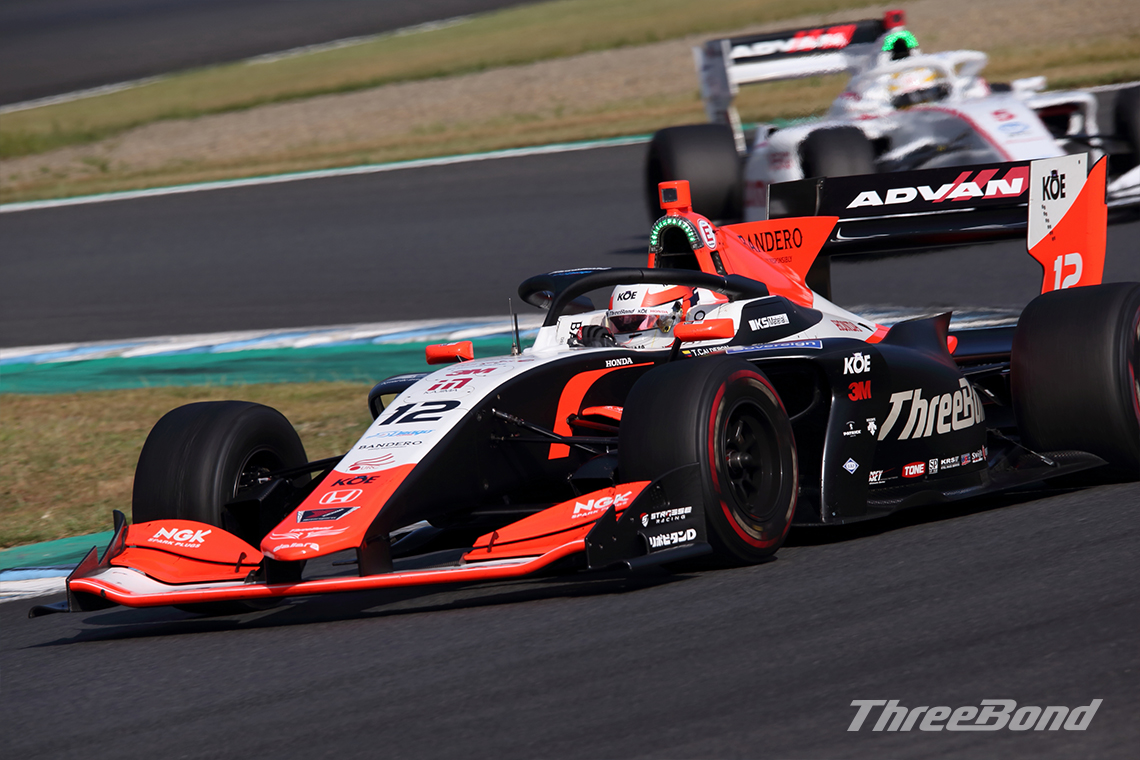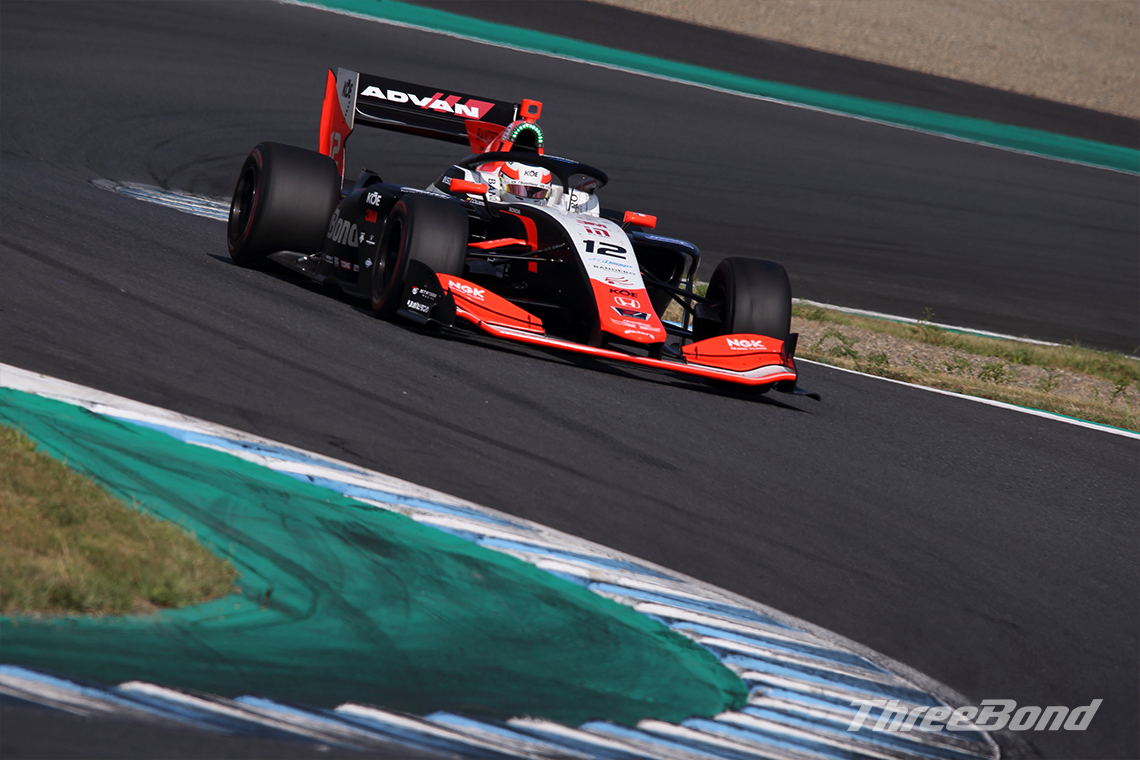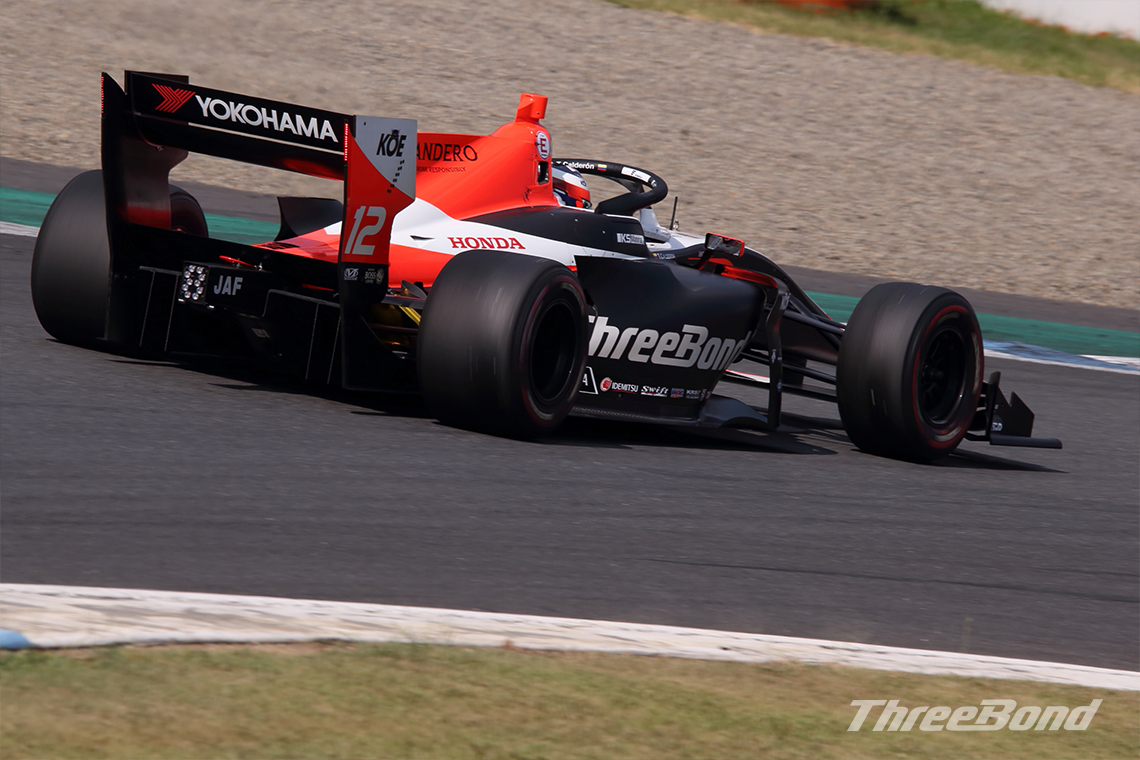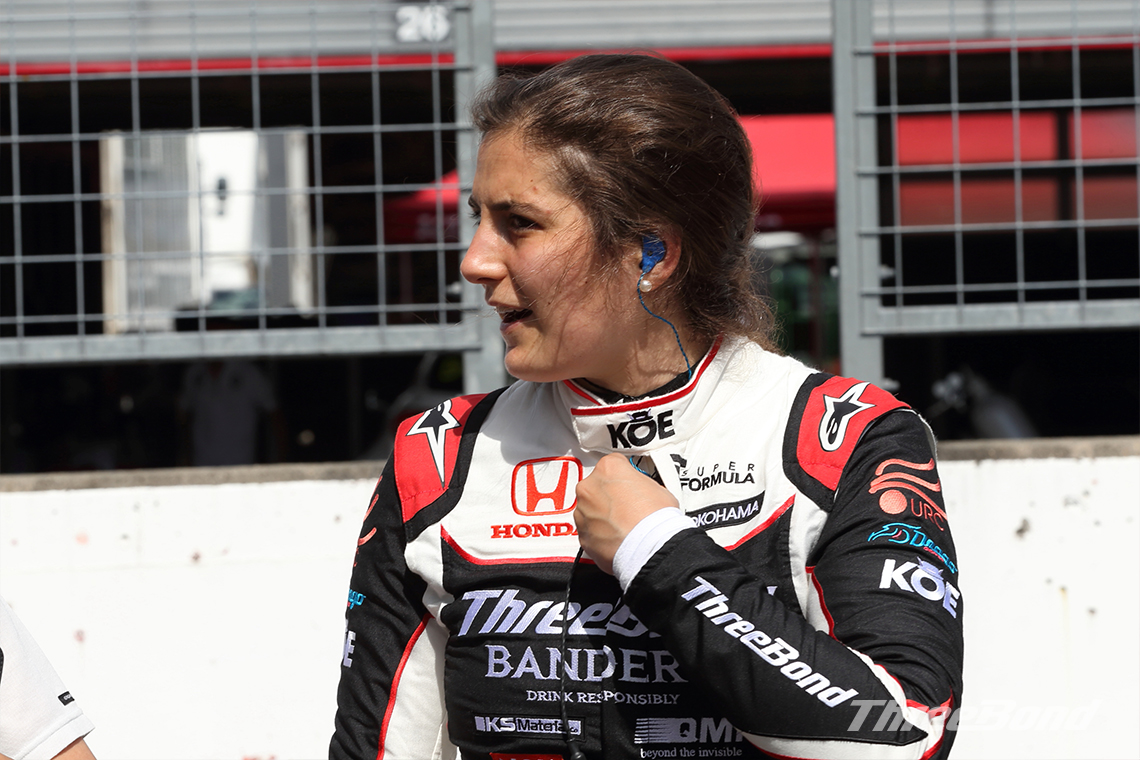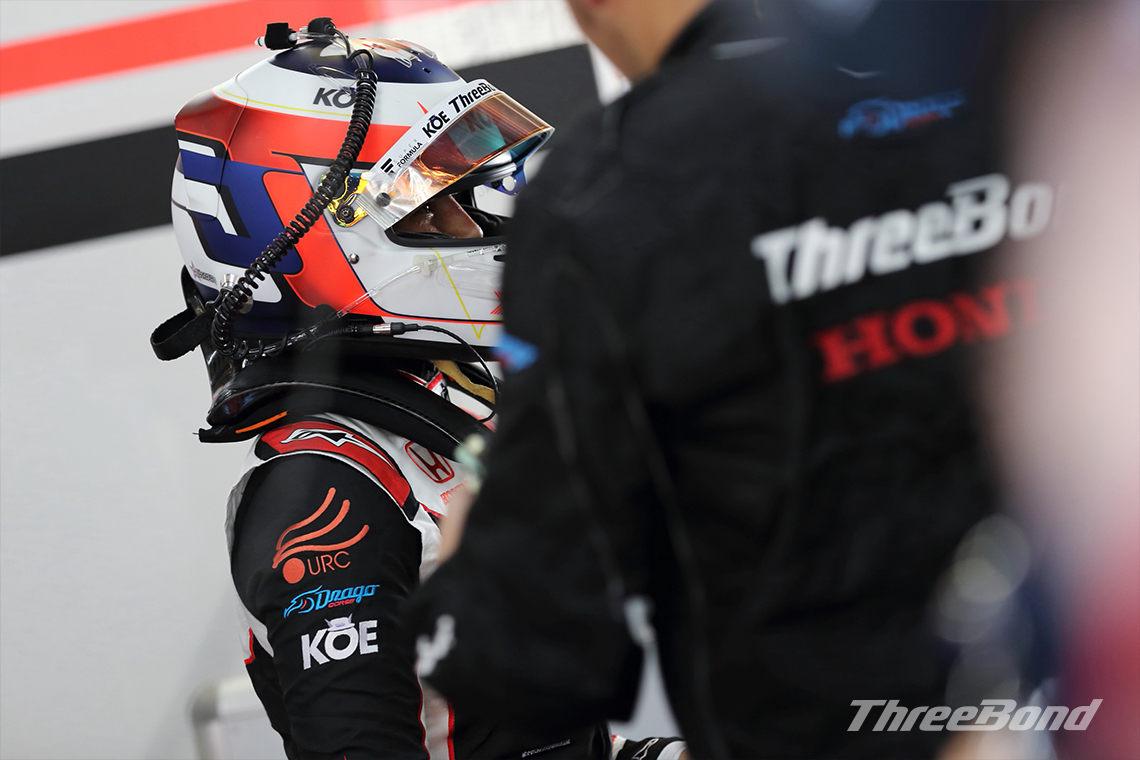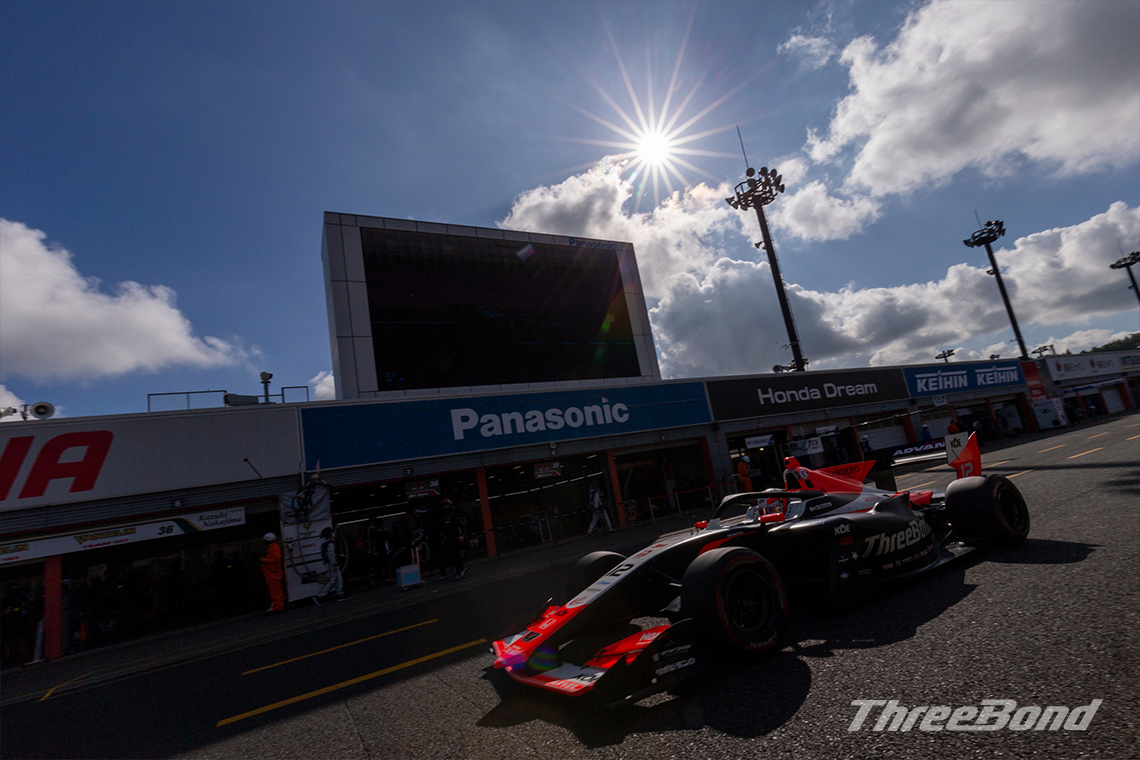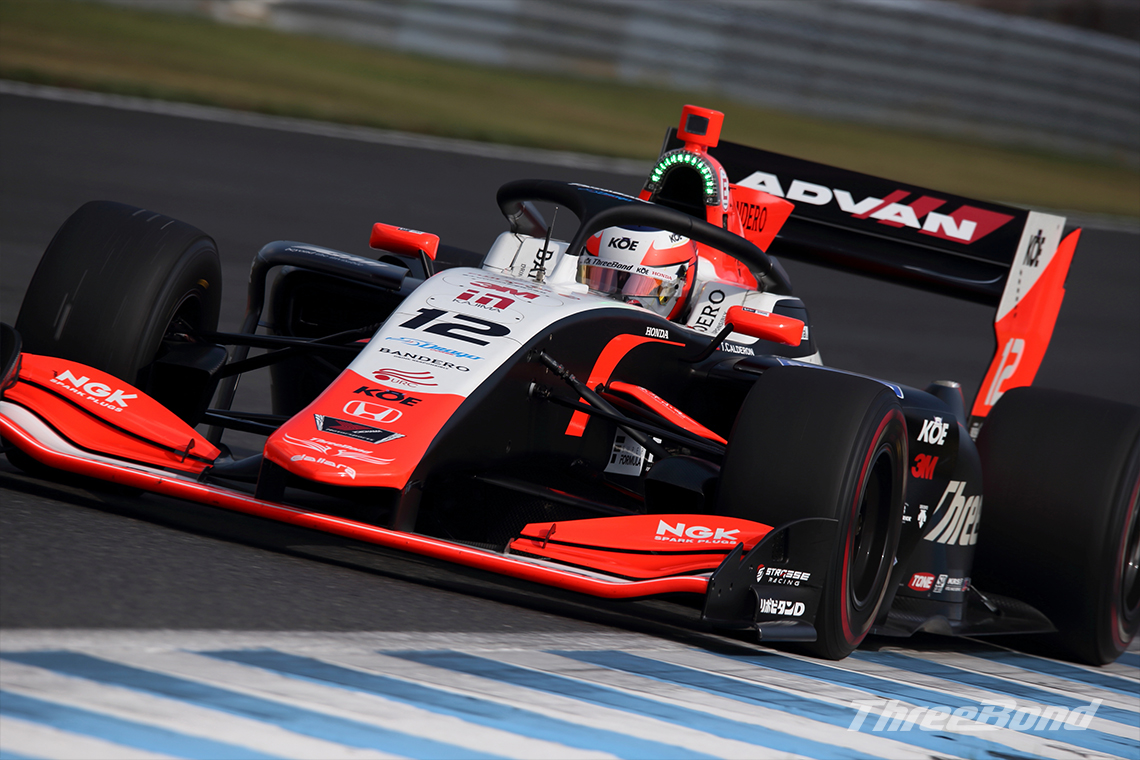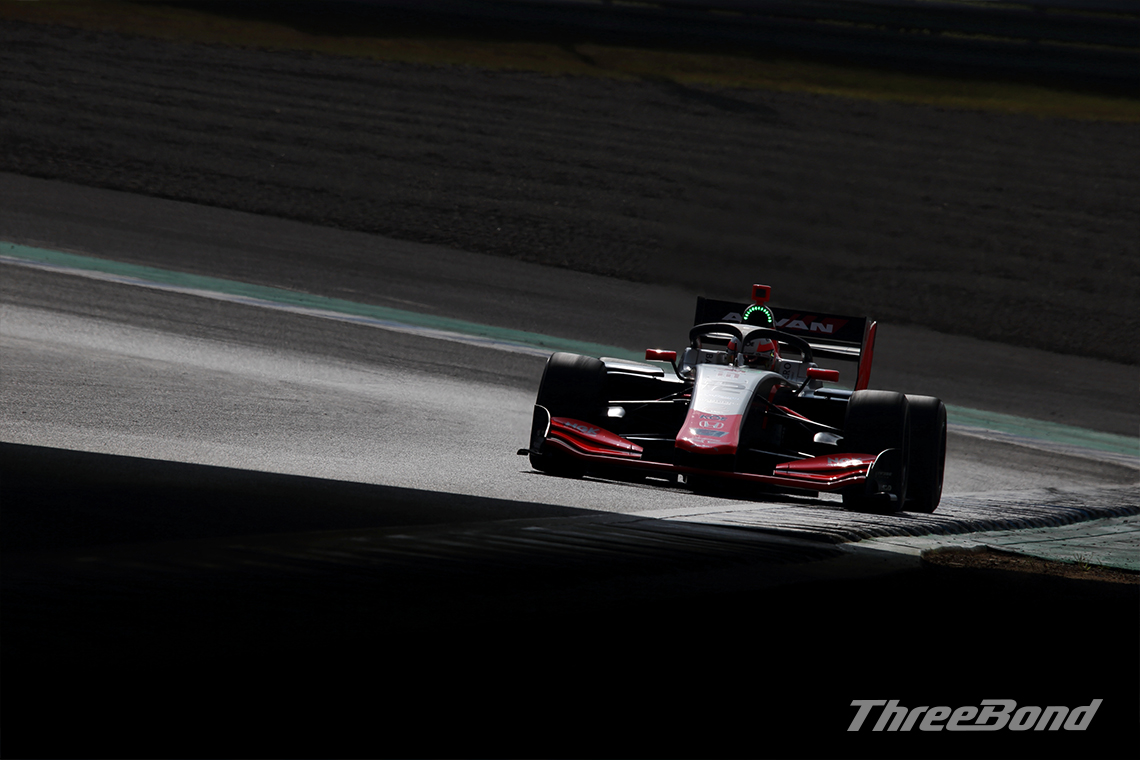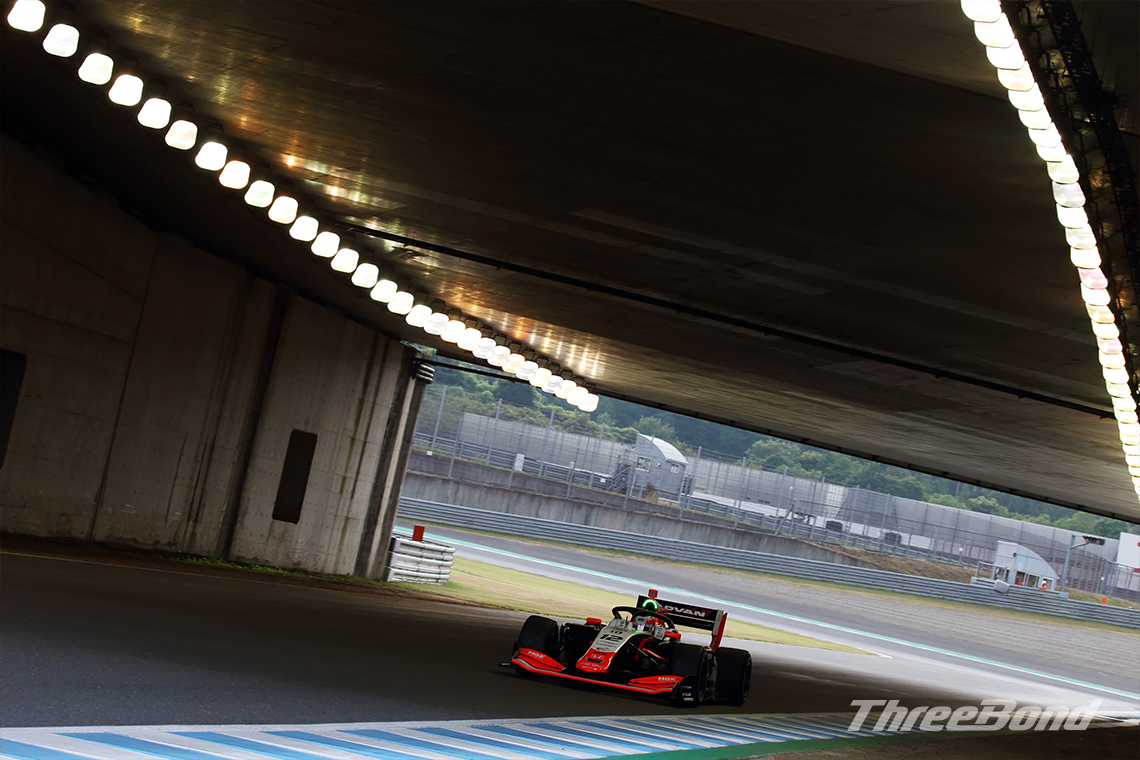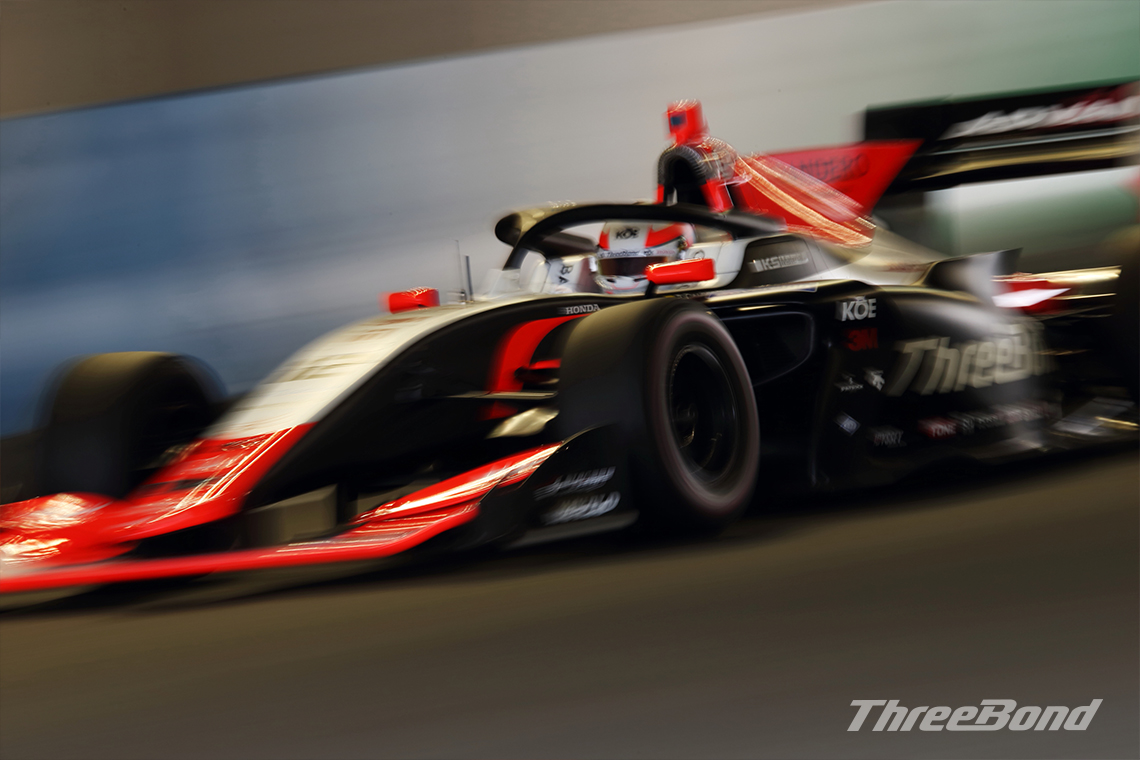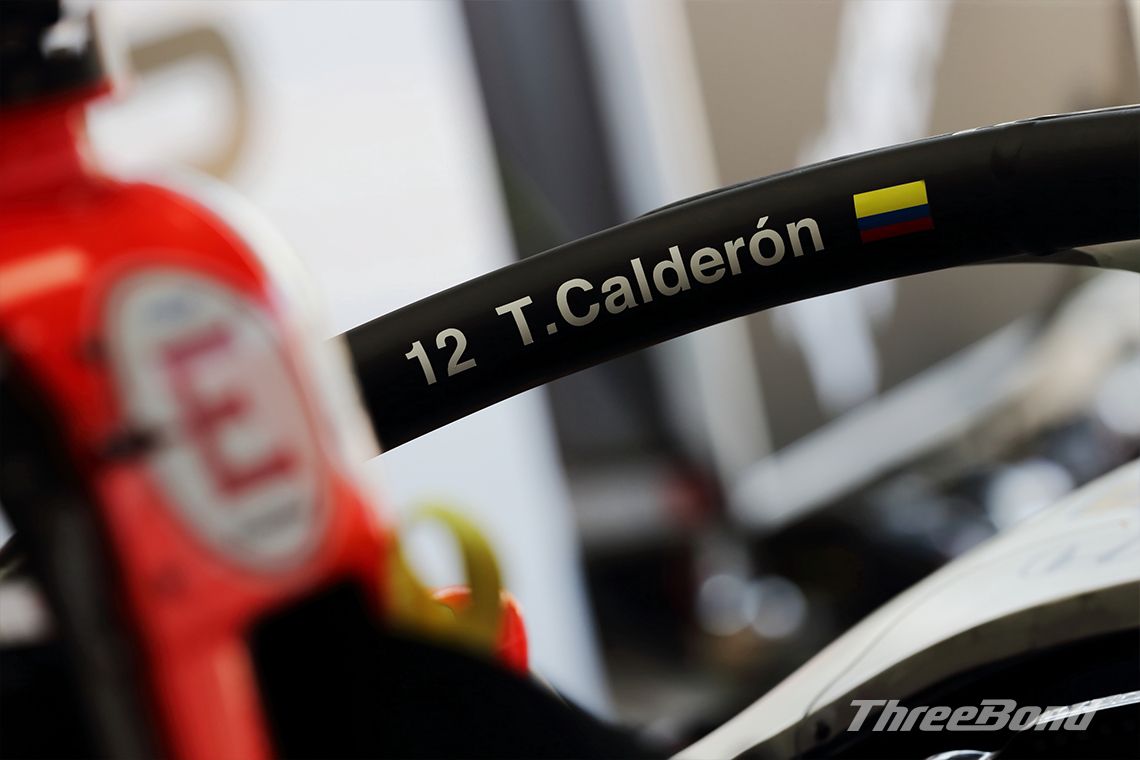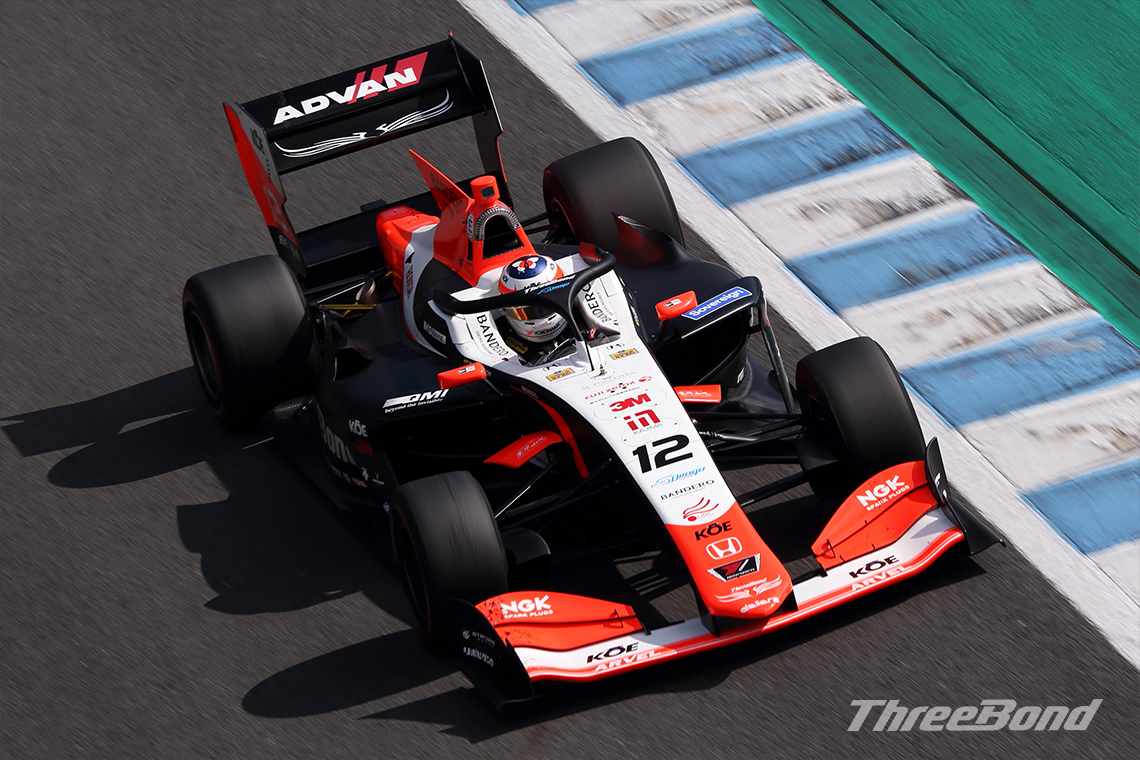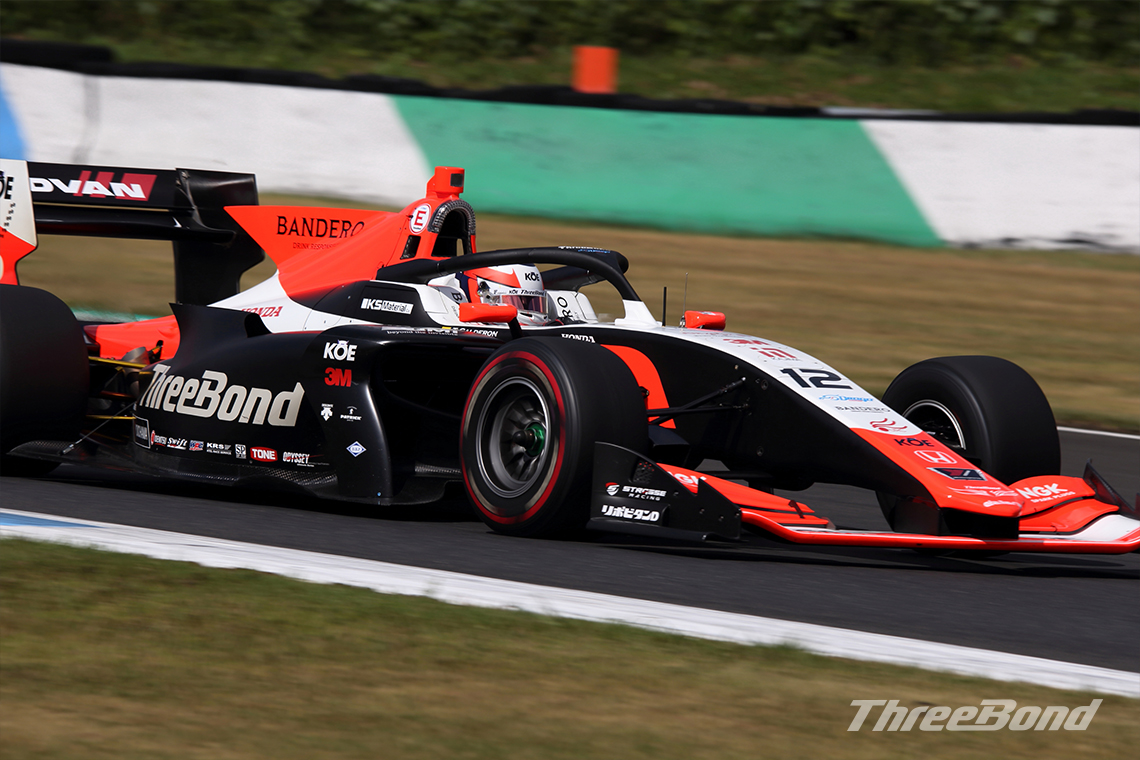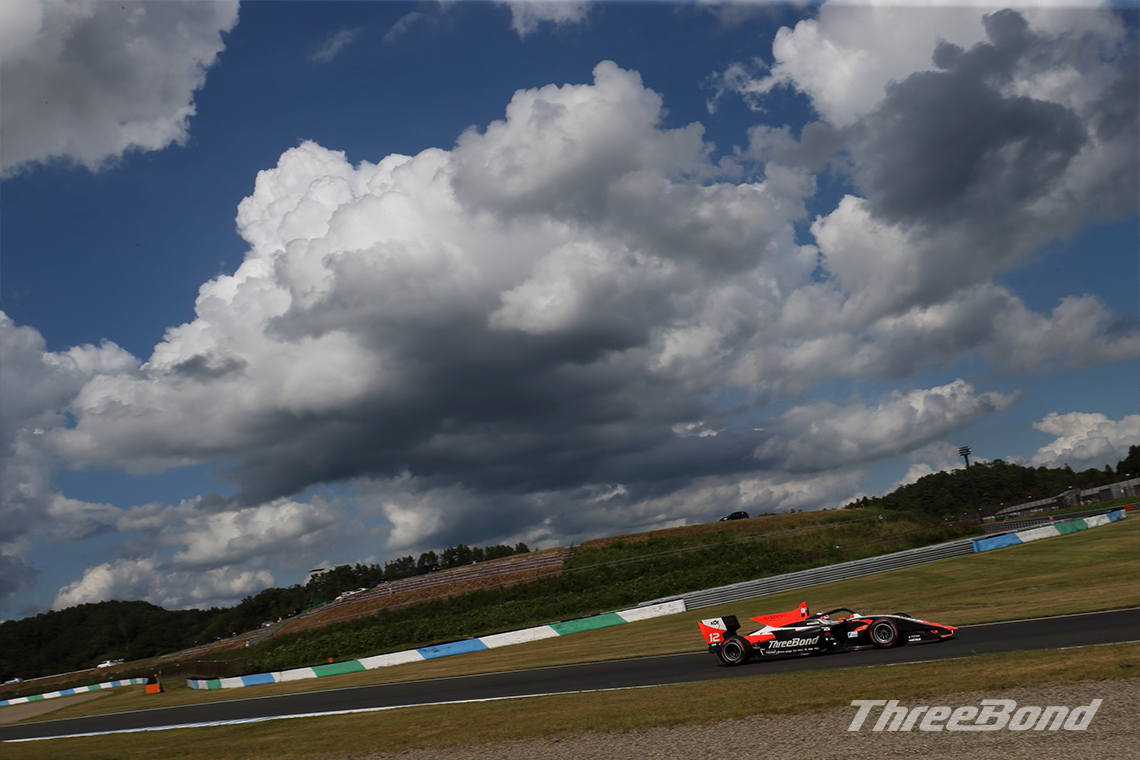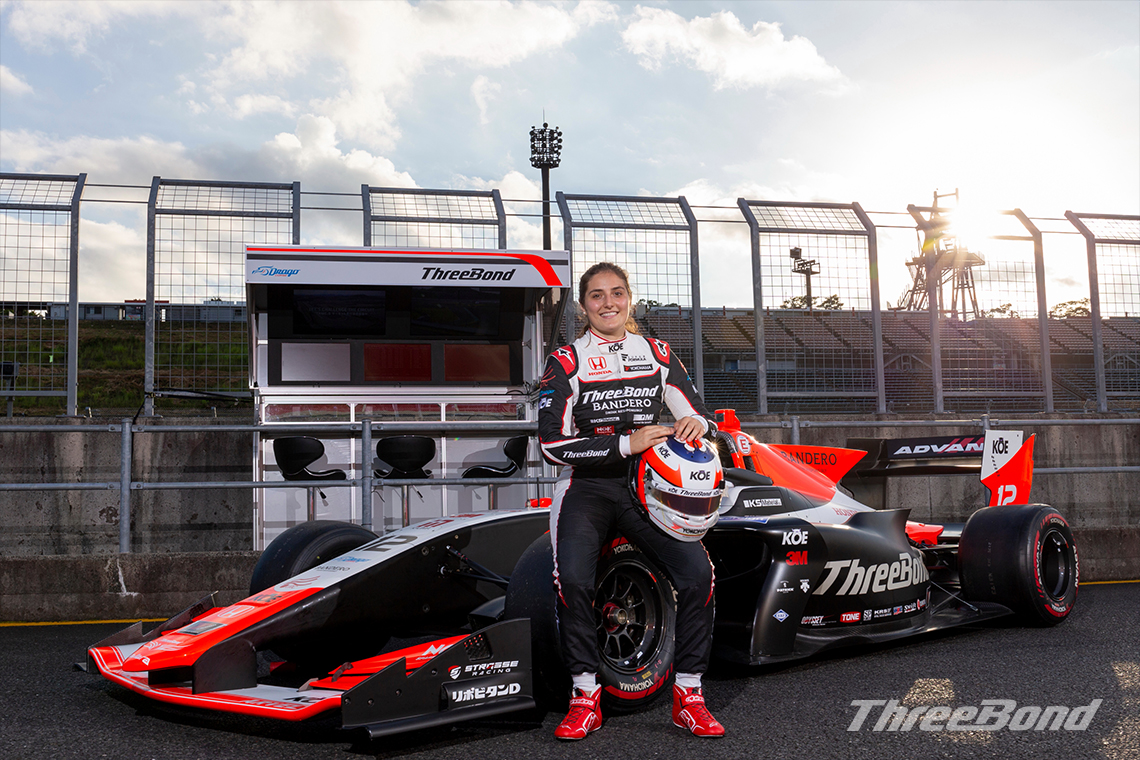-


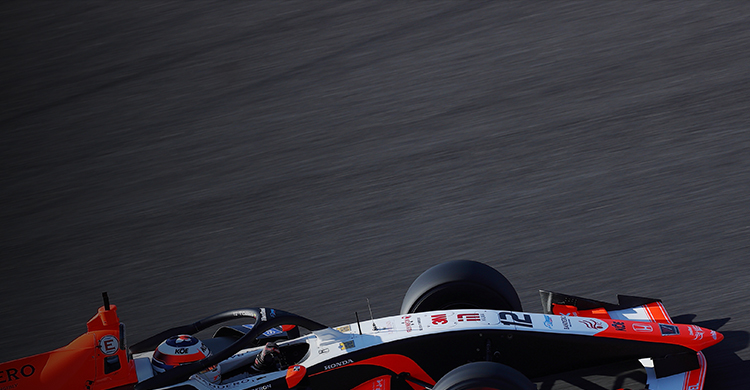
-

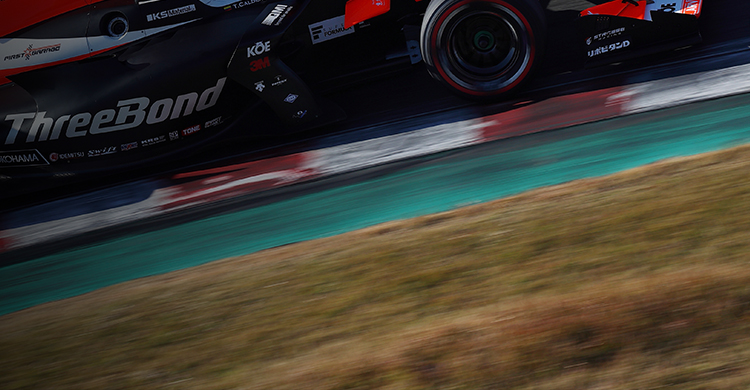
In the past, the domestic top formula series altered its name several times according to changes in regulations. The first All-Japan Championship began in 1973 as the All-Japan F2000 Championship Series. At that time, the standard was set according to domestic regulations, so it did not comply with the F2 standard. However, in 1978, it officially became the All-Japan F2 Championship because FIA’s vehicle regulation was altered and the standard was unified. In 1988, the All-Japan F3000 Championship began in response to FIA abolishing F2 and changing to F3000. In 1996, the formula series adopted a Japanese original standard and was renamed to Japanese Championship Formula NIPPON. From 2013 to 2015, it was held under the name of Japanese Championship SUPER FORMULA, and from 2016 Japanese SUPER FORMULA Championship respectively. The engine currently used in the Japanese SUPER FORMULA Championship is a 2,000cc displacement 4-cylinders turbocharger with direct injection, developed by TOYOTA and HONDA based on NRE (Nippon Racing Engine) regulations settled originally in Japan. This engine is installed with a fuel flow restrictor that regulates the maximum value of instant flow. It thereby restricts the maximum fuel consumption to 95kg per hour in Suzuka and Fuji Series, and 90kg per hour in other series. It is a new generation racing engine which brings out the maximum performance with limited fuel, and thus pursues thermal efficiency. Currently, it is said to have a maximum output of more than 550 horsepower. Incidentally, an overtaking system (OTS) is installed in the machine, which increases the maximum flow of fuel by 5%, and increases the power by 20 to 30 horsepower. By using the OTS, overtaking during a race becomes easier, but it is only allowed to be used for a maximum of 100 seconds during the final tournament. Moreover, once it is used, the driver needs to wait another 100 seconds before using it again. Therefore, the use of the OTS reflects the strategy of a driver. For the NRE (Nippon Racing Engine), it adopts a chassis developed and manufactured by Dallara Automobili S.p.A. in Italy. SF14 had been used since 2014, but in 2019, it changed to the new SF19, the state-of-the art specification for contemporary formula cars. For instance, it uses a semi- automatic transmission for the carbon-composite monocoque. In addition, it uses HALO for the safety equipment. As regards to the tire, Yokohama Tire provides both specifications of medium and soft tires. Depending on the condition, it is said that the cornering speed is comparable to the F1 Grand-Prix car.
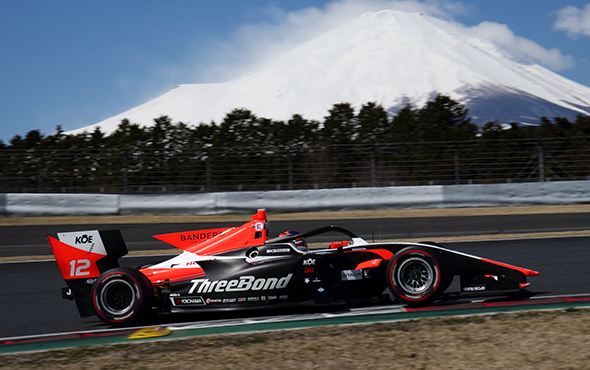
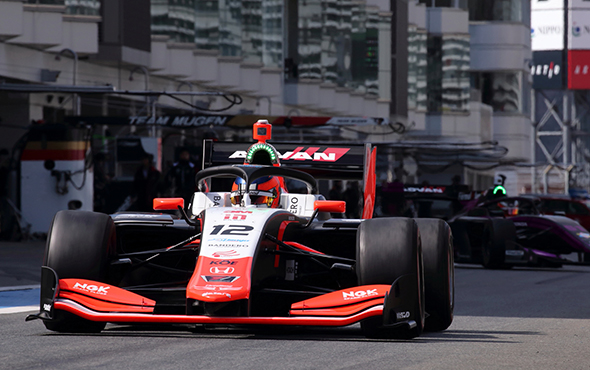
-


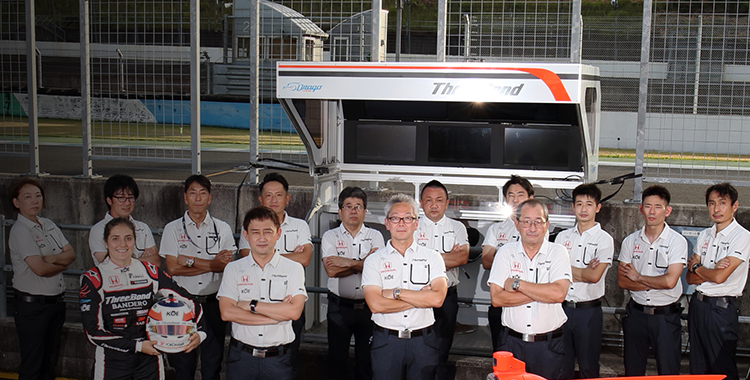
-

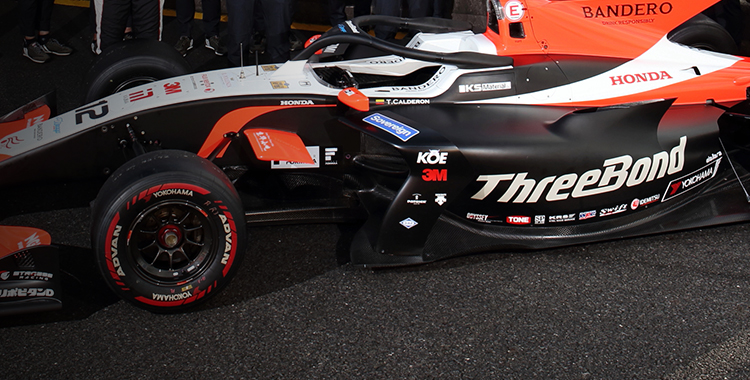
In 2020, ThreeBond Racing moved its operations to Super Formula—Japan’s top-end formula car race—as ThreeBond DragoCORSE with a continued partnership with DragoCORSE (led by Ryo Michigami), which the team had been working with since 2017 when it returned to the Japanese Formula 3 Championship from racing activities in Europe. The company will continue this relationship and will participate in races as ThreeBond DragoCORSE. Moreover, in order to maximize the merits and experiences of both parties, the racing activity will be led by DragoCORSE and the promotion activity by ThreeBond. The team as a whole will aim to obtain many fans and business opportunities through the motorsport activity.
Team outline
- Team name:ThreeBond DragoCORSE
- Team director:Ryo Michigami
- Chassis:Dallara SF19
- Engine:HONDA(HR-417E)
- Track engineer:Hitoshi Iyoki
- Data engineer:Shintaro Watanabe
- Chief mechanic:Tomoyuki Shimada
- Driver:Tatiana Calderon
Driver
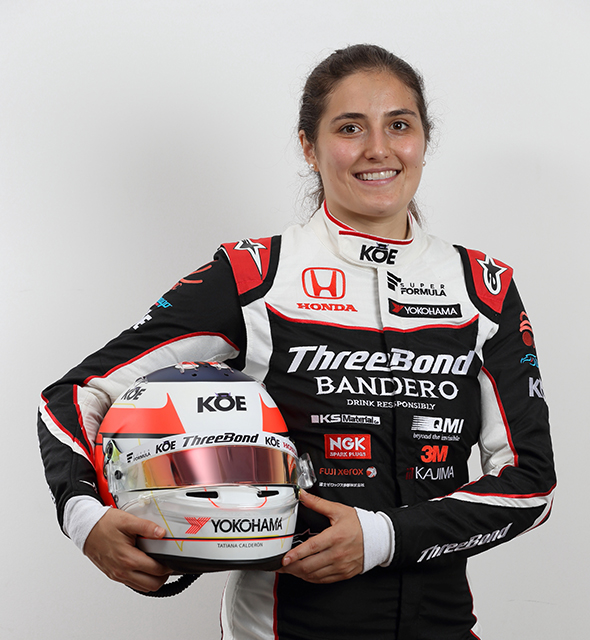
Tatiana Calderon
- Birthday
- March 10, 1993
- Height
- 163cm
- Blood type
- Type O
- From
- Colombia (Bokota)
- Tatiana Calderon Official Homepage
- https://www.tatianacalderon.com/
Stats
- 2020
- Entry into the Japanese Super Formula Championship
- 2019
- Entry to FIA-F2 (BWT Arden)
Alfa Romeo Racing F1 test driver - 2018
- Sauber F1 development driver
Entry to GP3 series (Jenzer Motorsport) - 2017
- Entry to GP3 series (DAMS)
- 2016
- Entry to GP3 series (Arden International)
Entry to Euro Formula Open (Teo Martin Motorsport)
About the Super Formula engine
The engine currently used in the Japanese SUPER FORMULA Championship is a 2,000cc displacement 4-cylinders turbocharger with direct injection, developed by TOYOTA and HONDA based on NRE (Nippon Racing Engine) regulations settled originally in Japan. This engine is installed with a fuel flow restrictor that regulates the maximum value of instant flow. It thereby restricts the maximum fuel consumption to 95kg per hour in Suzuka and Fuji Series, and 90kg per hour in other series. It is a new generation racing engine which brings out the maximum performance with limited fuel, and thus pursues thermal efficiency. Currently, it is said to have a maximum output of more than 550 horsepower. Incidentally, an overtaking system (OTS) is installed in the machine, which increases the maximum flow of fuel by 5%, and increases the power by 20 to 30 horsepower. By using the OTS, overtaking during a race becomes easier, but it is only allowed to be used for a maximum of 100 seconds during the final tournament. Moreover, once it is used, the driver needs to wait another 100 seconds before using it again. Therefore, the use of the OTS reflects the strategy of a driver.
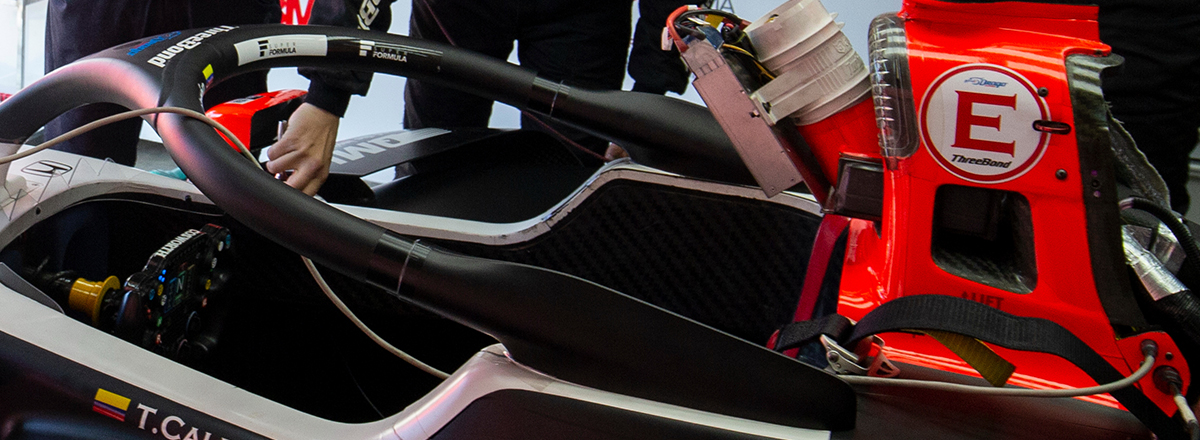
-


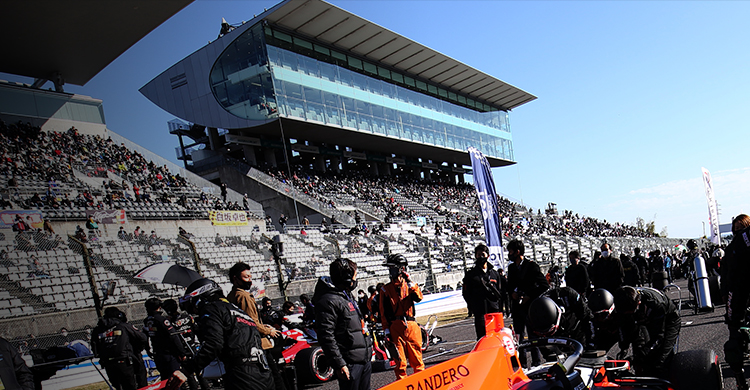
-

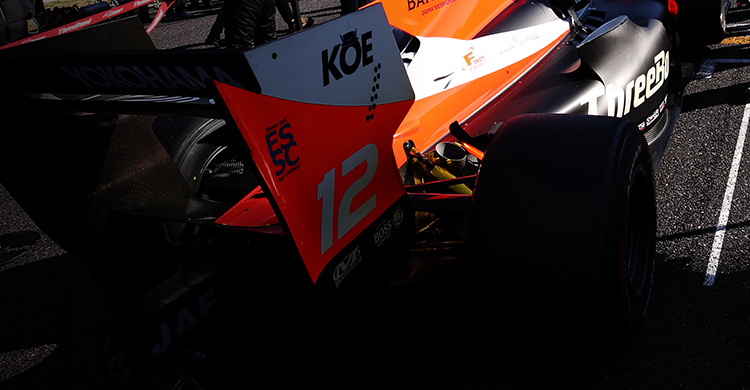
History of ThreeBond Racing
F3 is a category to nurture young talents who aim to become top drivers in near future. At the same time, it is also an international category abide by the common global standard. The relationship between F3 and ThreeBond began in 2000 when ThreeBond Racing started entering into the Japanese Formula 3 Championship, by developing ThreeBond-Nissan Engine in collaboration with Tomei Engine and Umeda Tuning Shop, based on Nissan’s SR20DE engine for mass production. The first year of ThreeBond Racing was in 2000, and the team appointed Takeshi Tsuchiya as their driver. After finishing its first year with the ranking of 9th place, the team welcomed Yuji Ide as the new driver, and then acquired the ranking of 5th place. After having Masaru Tomizawa as the driver in 2002, the team appointed the Italian driver Paolo Montin in 2003. This resulted in the team’s first awaited championship in Round 7 (Twin Ring Motegi) and later saw a great leap of retaining the championship in Round 8, as well as obtaining the driver ranking of No.2. Moreover, in 2004, the team appointed Fabio Carbone and Masataka Yanagida and constructed a full-scale dual machine system. In 2005, the team won six championships in a year, with a strong combination of Naoki Yokomizo and Paolo Montin. Also, the team obtained the No.2 ranking of both the Team Category and Engine Tuner Category, which made their firm position as one of the top teams. Since then, ThreeBond Racing appointed Marko Asmer and Hironobu Yasuda and fought through the fierce competition of the Japanese Formula 3 Championship. In 2010, the team appointed Yuhi Sekiguchi and acquired the No.2 driver ranking. In 2011, Hironobu Yasuda was reappointed, and competed for the championship until the last minute but was defeated by a narrow margin. However, the team acquired the long-awaited Team Championship for the first time. Taking advantage of this victory, ThreeBond Racing decided to elevate its activity to Europe in 2012, in collaboration with the British team T-SPORT, renaming the new team as ThreeBond with T-Sport. In 2012, the team appointed Nick McBride and obtained the ranking of 10th place. In 2013, although the team changed its driver from William Buller to Alexander Sims, it still obtained 5th place in the team ranking. In 2014, there was a significant change in the engine regulation, such as the abolition of regulation based on mass-production engine. The team was severely influenced by this change and fought through difficult competition. However, the team made a steady progress in the F3 World Championship, by winning 3rd place with Nick Cassidy in 2014, and 4th place with Kenta Yamashita in 2016. After a total of five years of challenges in Europe, the team decided to return back to the Japanese Formula 3 Championship from 2017. In order to aim for the championship from the start, the team realized that an outstanding driver is indispensable. A thorough research was held on promising young drivers not only in Japan but also overseas. As a result, the team welcomed a promising young Spanish driver named Álex Palou Montalbo (20 years old then), who was said to be a second Fernando Alonso Díaz. Álex had entered into the Macao Grand-Prix at the age of sixteen, and already had two-years of experience in winning the GP3 that was mainly held in Europe. The team fought together with this young talent, and Álex successfully responded to expectations by winning two rounds in a season with great achievements such as winning a pole position from the very first round. In 2018, Ukyo Sasahara was appointed as a re-imported driver. Ukyo lost a very close game of winning the championship, but he successfully mounted the podium for eight times and won 3rd place in the series. In 2019, the team gathered its forces so as to fight through the season, with a dual machine system for the first time in the past 12 years.
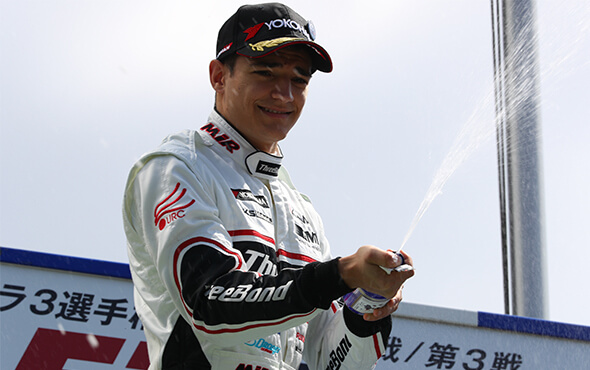
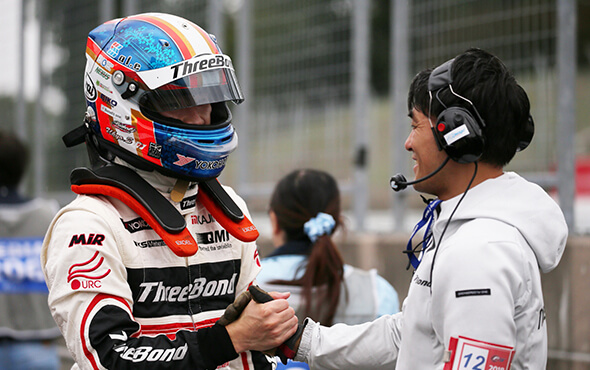
-


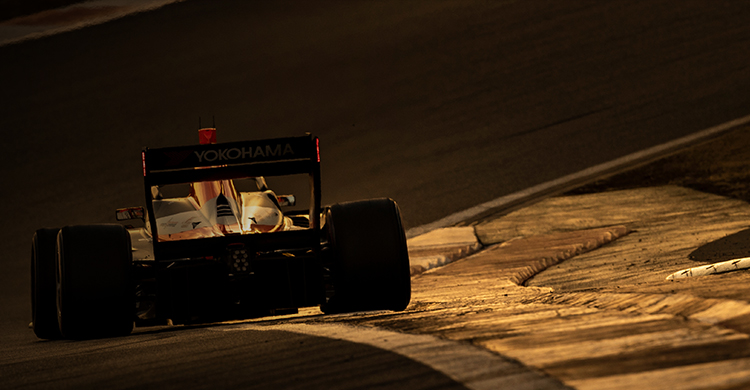
-


In 2020, ThreeBond Racing began a new project to participate in Super Formula—Japan’s top-end formula car race series.
The team continues its partnership with DragoCORSE led by Ryo Michigami, aiming for making a leap in its second season as “ThreeBond DragoCORSE.”










